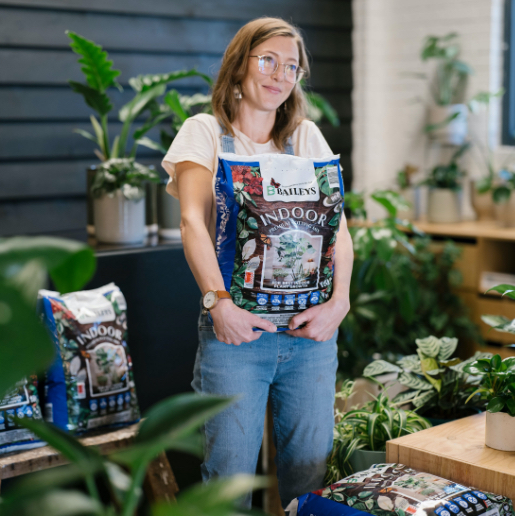
Join our Great Gardens Club!
Sign up to enjoy 15% off your first purchase from Baileys online. Plus, get our monthly WA gardening tips, latest news and promotions straight to your inbox.

Sign up to enjoy 15% off your first purchase from Baileys online. Plus, get our monthly WA gardening tips, latest news and promotions straight to your inbox.
December already, can you believe it! Summer is officially here and there's plenty to do in preparation for Christmas and our WA heat. This is the month to sow a new patch of herbs and fast-growing greens for summer salads, brighten up garden beds & pots with flowering annuals and perennials, take care of summer essentials like mulch and wetting agent application and green up the lawn in time for Christmas. Checkout our Gardening Calendar specific to WA for our full list of December to-dos.